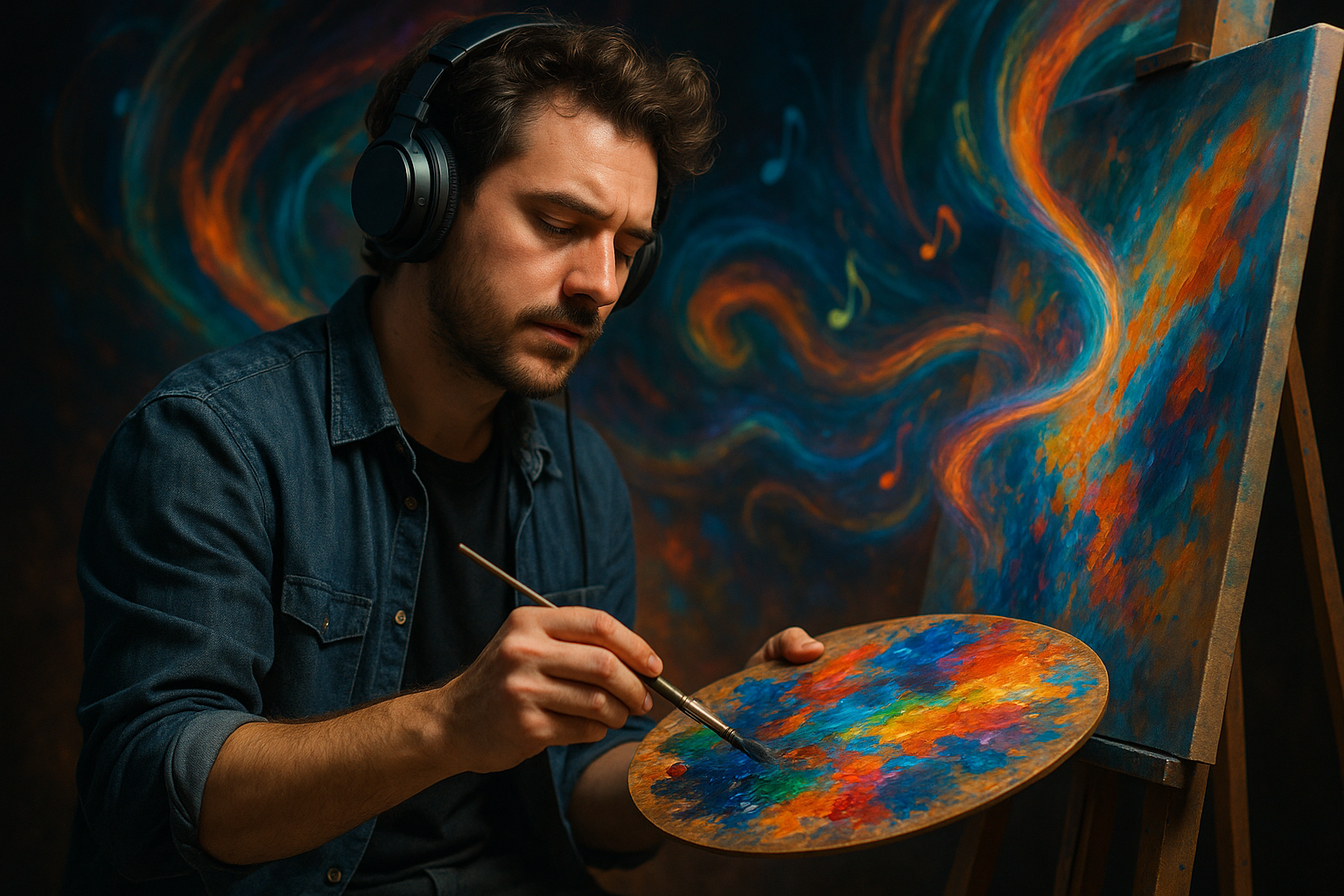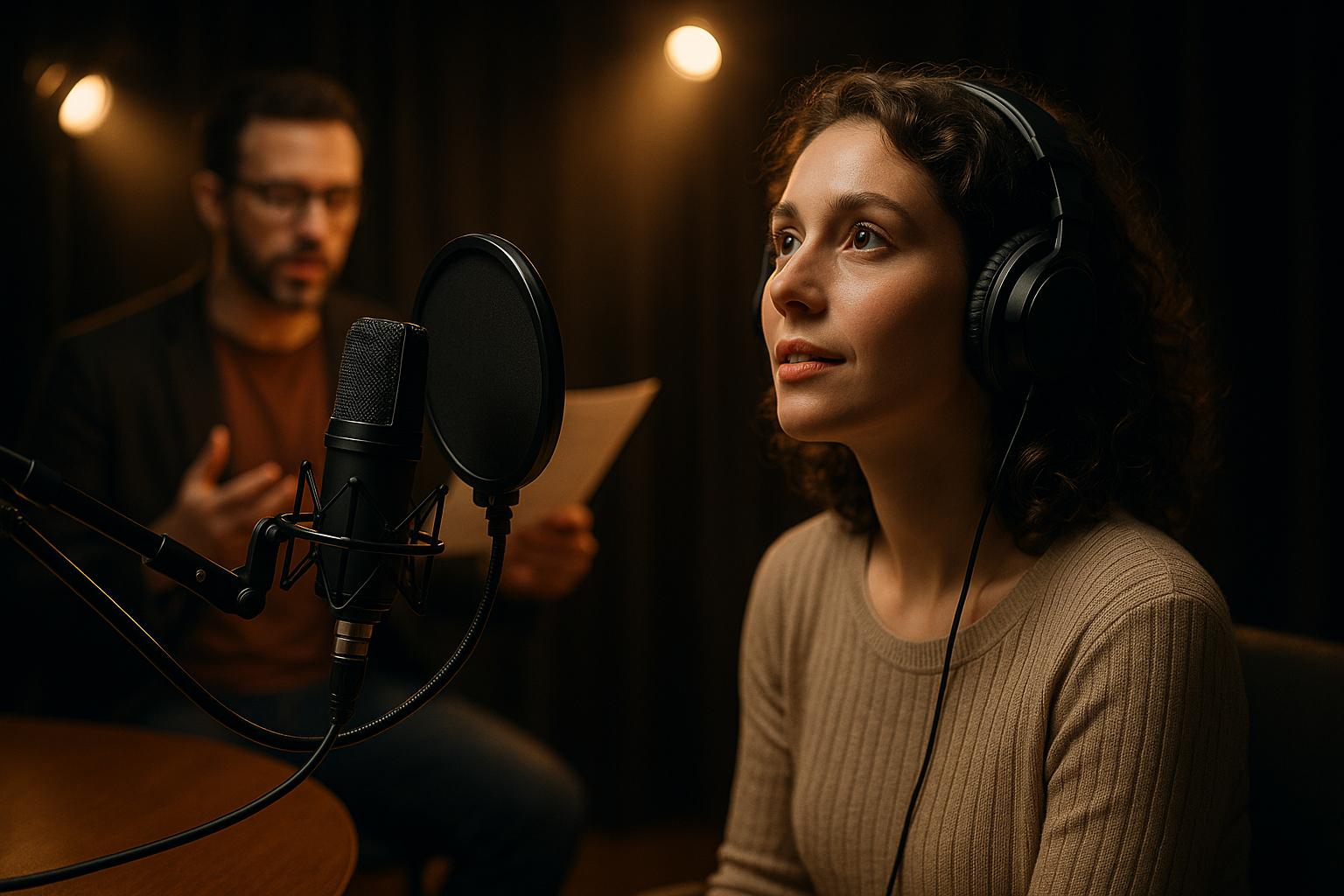Synesthesia in Contemporary Pop Culture: A Sensory Overlap that Shapes Artistic Expression
In the infinite tapestry of human experience, few phenomena are as fascinating as synesthesia, a neurological condition where sensory pathways intersect. This article delves into the profound impact of synesthesia on contemporary pop culture, underscoring its influence on music, visual art, and literature, and how it shapes our understanding of creative expression.

Synesthesia: An Intriguing Sensory Overlap
Synesthesia, from the Greek words “syn” (together) and “aisthesis” (sensation), refers to the neurological phenomenon where stimulation of one sensory pathway leads to automatic, involuntary experiences in a second sensory pathway. For example, a synesthete might hear colors or taste sounds. While it was first medically recognized in the 19th century, references to synesthetic experiences have been found in ancient texts, indicating its historical presence.
The Influence of Synesthesia in Music
In the realm of music, synesthesia has played a profound role. Iconic musicians like Pharrell Williams, Billy Joel, and the late Leonard Bernstein have publicly identified as synesthetes, using their unique sensory experiences to create distinctive, emotionally charged compositions. Their music, often described as ‘colorful’ or ‘textured,’ demonstrates the sensory richness that synesthesia can bring to the auditory art form.
Synesthesia’s Impact on Visual Art and Literature
In the visual arts, synesthesia has inspired artists to create works that challenge conventional perceptions of color and form. Wassily Kandinsky, a famed synesthetic artist, transformed his auditory experiences into pioneering abstract art. Likewise, in literature, authors like Vladimir Nabokov have used synesthetic experiences to enrich their narrative, creating vivid, multisensory imagery that captivates readers.
Synesthesia in the Modern Pop Culture
In contemporary pop culture, synesthesia continues to shape artistic expression. It has influenced modern music genres, visual art styles, and literary techniques. Additionally, the exploration of synesthesia in movies and TV shows, such as Netflix’s “The OA,” has brought it into mainstream conversation, stimulating discussions about neurodiversity and the boundless potential of human perception.
The Future of Synesthetic Art
Given its pervasive influence, it is clear that synesthesia will continue to shape the arts and entertainment industry. As our understanding of this phenomenon grows, so too will its impact on creative expression. By acknowledging and celebrating synesthesia, we can further appreciate the rich complexity of human perception and the extraordinary ways it can inspire artistic innovation.
Synesthesia, with its unique blend of sensory experiences, offers an exciting frontier for artistic exploration. Its influence on pop culture serves as a reminder of the boundless diversity of human perception and the myriad ways this can shape and enrich our artistic landscape. As we continue to delve into this fascinating sensory overlap, we can look forward to a future of art that is as multifaceted and vibrant as our perceptions themselves.




